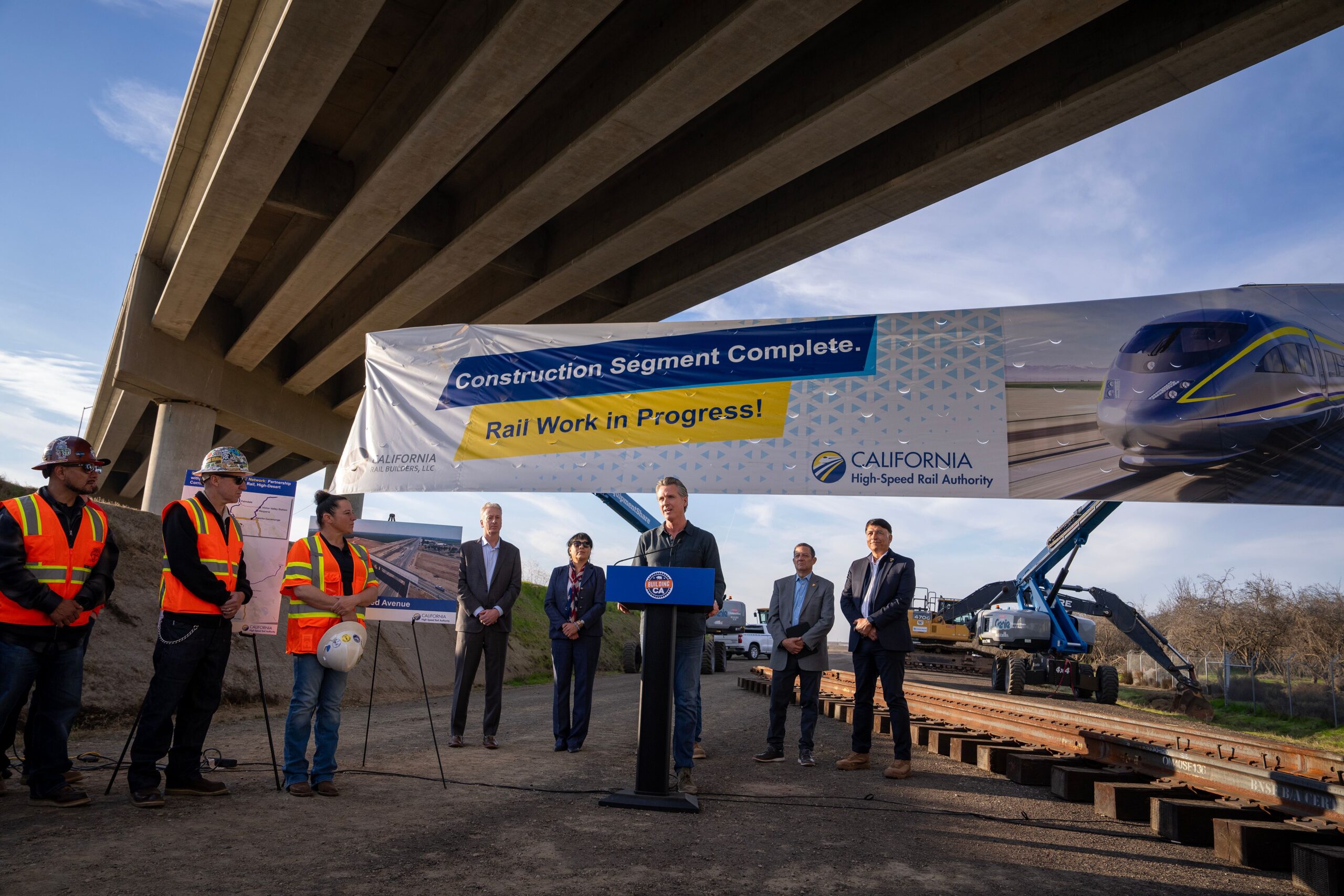Newsom’s Tiresome Online Antics Mimic Failed Harris Campaign
Gavin Newsom, the current Governor of California, seems to be following a familiar pattern, one that Kamala Harris trod in the past, avoiding falling coconuts while trying to mimic the Democratic Party’s style of online trolling. Rather humorously, the spotlight seems to have shifted focuses from Harris to Newsom as the key figure ridiculing and engaging in online spats with Donald Trump on social media platforms.
In an amusing turn of events, the once short-lived presidential campaign of Kamala Harris, which utilized social media to amplify her message, seems to be an inspiration for Newsom. Harris had a brief sparkle of engagement on apps like TikTok and the reach of her quick-response handle. Harris’s campaign, through a concoction of memes, trendy sound, and popular culture references, seemed to tickle the fancy of some online audiences.
Newsom seems to have adopted this approach to social media as well, causing minor waves of delight among commenters on his personal and official TikTok pages. Mimicking content from popular musicals and sneeringly ‘fact-checking’ Donald Trump, Newsom seems to have found joy in using these platforms to rail against the former president.
It reflects an interesting choice of strategy for Newsom, using memes and shareable content to perpetuate criticism and draw attention to his stance. This attempt to emulate the meme-infused tactics of the 2024 election cycle by Newsom and his team appears quite entertaining to some.
In addition to Newsom’s official information channels, these social media antics have become another source of the Governor’s communications. There’s a twisted sense of pride in the commentary about his posts, including those labeled as ‘OMG SLAYYYY’, which amusingly resonate more with his TikTok audience than his official communications.
Some observers are left wondering whether Harris’s media team has found a new playground within Newsom’s administration. It’s an amusing question as one visualizes the transfer of tactics from one Californian to another.
Newsom appears convinced that escalating on social media jests equates to creating an organic political impact. It’s quite comical to see him go against acceptable norms, daringly goading Trump to take legal action against him amidst protests in Los Angeles and openly confronting genuine challenges.
In another wave of mimicry, Newsom has also appeared to borrow from Trump’s own media strategy. The launch of his podcast, supposedly to connect with young male voters, raises an eyebrow. The effectiveness of this tactic, however, is prompting questions amongst pundits: Newsom’s aspiration to engage with representatives from both ends of the political spectrum is not showing promising results.
The Governor’s decision to fraternise with individuals such as Steve Bannon in an attempt to appears even-handed has evoked ridicule and doesn’t seem to have struck a chord with potential supporters. This strategy of trying to become chums with folks like Bannon might not be his path to popularity.
The role of memes in the next election remains conjecture at best. However, at this early stage, it offers an amusing spectacle as Democrats strive to analyze their failures, discern their successful strategies, and decide which tactics to retain.
Of course, it’s worth noting that these same strategies and tactics weren’t enough to propel Harris to the top in the previous election. And, even if Newsom is managing to replicate her approach to engagement on social media, one has to question the efficacy of this plan.
In the end, this rush for social media popularity is a challenging line to tread for any political figure, as it often leads to the dilution of core political issues and over-emphasis on viral moments. Newsom’s decision to adopt this strategy despite witnessing its limited effect on Harris’s campaign trail is a choice that’s receiving mixed reactions.
It is rather entertaining for some to see Newsom’s attempts at emulating Harris’s online strategy. Still, it’s questionable whether this approach will truly engage and motivate voters, or instead serve to alienate the very constituencies these politicians hope to win over. Harris’s failure to propel her campaign using the same tactics raises questions about this approach.
The merits of this internet-oriented strategy still remain open for debate, based on the initial mixed results seen in both Harris and Newsom’s attempts. It’s unclear how successful Newsom will be in following Harris’s path, especially given the inherent challenges in appealing to diverse audiences across different platforms.
The reliance on memes, quick responses, and catchy soundbites is a shaky foundation upon which to build a political campaign. It plays to the lowest common denominator and tends to oversimplify complex issues. It could be speculated that this approach might make it harder for Newsom to gain serious traction among an electorate hungering for depth and understanding.
While the relationship between memes and elections remains uncertain, it’s evident that the Democratic Party’s approach is leaning toward more digital engagement. Newsom’s decision to follow in the digital footsteps of Harris is symptomatic of these changes. Their shared focus on online visibility suggests the beginning of a trend that will be interesting to watch, even if the potential effectiveness remains in doubt.



